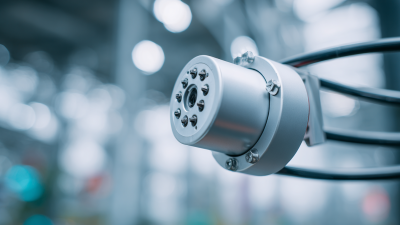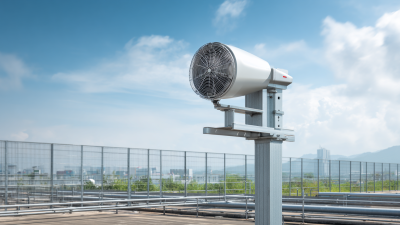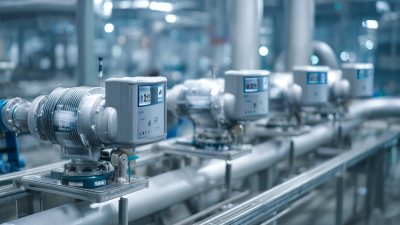
-
Home
-
Product Center
-
Application
-
Support
-
JT Cloud
-
About Us
-
Contact Us
Leave Your Message

Choosing the right air velocity sensor for your business is a crucial step in optimizing your operational efficiency and ensuring a safe working environment. With numerous options available in the market, selecting the most suitable air velocity sensor can be daunting. This blog aims to guide you through five essential tips that will not only streamline your decision-making process but also enhance your understanding of what features to prioritize.
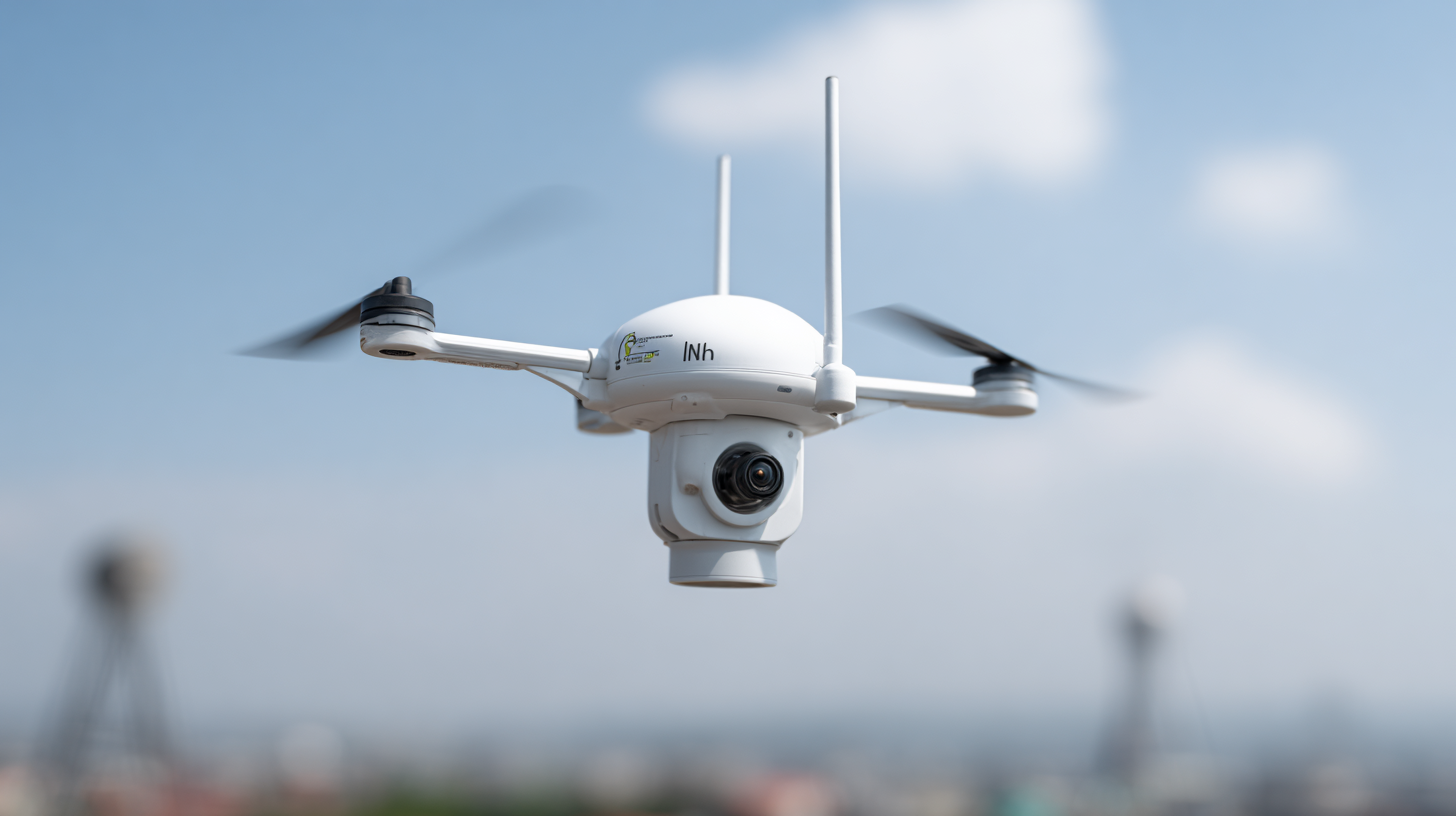
Whether you're monitoring air quality in a manufacturing plant, HVAC system, or laboratory, understanding the various types and specifications of air velocity sensors is vital. By following these tips, you will be better equipped to select a sensor that meets your specific needs, thereby improving your business's performance and productivity.
Let's delve into the key considerations that will help you make an informed choice in your air velocity sensor selection journey.
In today's demanding business environments, understanding the dynamics of air movement is essential for optimal operations. Air velocity sensors play a crucial role in monitoring and managing air quality, temperature, and ventilation systems, all of which contribute significantly to employee productivity and overall business efficiency. By accurately measuring the speed and direction of airflow, these sensors enable businesses to maintain comfortable working conditions and ensure compliance with health and safety regulations.
Choosing the right air velocity sensor is not merely about acquiring a device; it is about integrating technology into the fabric of business operations. Companies must consider factors such as the sensor's accuracy, durability, and compatibility with existing systems. Furthermore, effective air velocity monitoring can help identify problems in HVAC systems before they escalate, saving time and resources while ensuring a conducive atmosphere for staff. In an age where indoor air quality is paramount, investing in reliable air velocity sensors can profoundly impact operational success and sustainability.
| Tip | Description | Importance |
|---|---|---|
| 1. Understand Your Application Needs | Identify the specific airflow measurements required for optimal performance. | Ensures the sensor meets operational requirements, improving efficiency. |
| 2. Check Measurement Range | Select a sensor with a measurement range suitable for your operational environment. | Prevents inaccurate readings that can lead to inefficiencies. |
| 3. Evaluate Sensor Sensitivity | Ensure the sensor can detect the smallest fluctuations in air velocity. | Critical for processes where airflow directly impacts quality. |
| 4. Consider Environmental Conditions | Choose a sensor designed to withstand specific environmental challenges. | Ensures longevity and reliability in harsh conditions. |
| 5. Look for Compatibility with Existing Systems | Verify that the sensor can integrate seamlessly with your current monitoring systems. | Streamlines operations and avoids additional costs for system upgrades. |
When selecting an air velocity sensor for your business, understanding the key features that fit your specific needs is essential. One crucial aspect to consider is the sensor’s measurement range. Make sure to choose a sensor that can accurately measure the air velocity you expect in your environment, whether it's low flow rates in a clean room or high speeds in an industrial setting. This ensures you’ll get precise data that suits your operational requirements.
Another important feature is the sensor's response time. Depending on your application, you may need real-time monitoring capabilities. A sensor with a fast response time allows for quick adjustments to ensure optimal airflow and maintain safety standards. Additionally, look for sensors that offer versatile output options, such as analog, digital, or wireless communication, to integrate seamlessly with your existing systems and facilitate easy data logging.
Lastly, consider the sensor's durability and maintenance needs, especially if it will be used in harsh environments. Sensors that are resistant to dust, moisture, and extreme temperatures will save you time and cost in maintenance and replacements. Opting for a reliable air velocity sensor can lead to improved energy efficiency and overall operational performance.
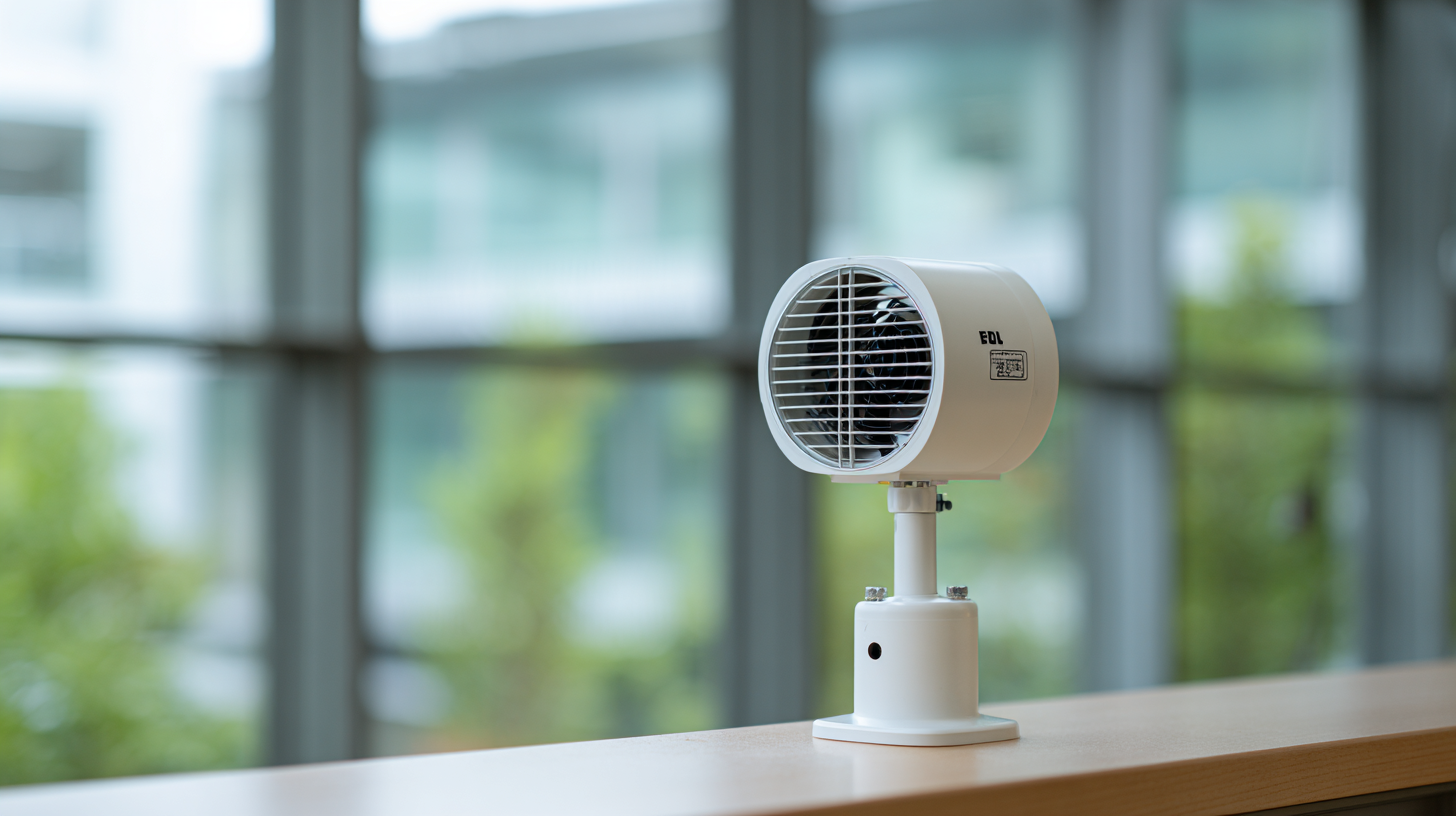
When selecting an air velocity sensor for your business, evaluating sensor accuracy and calibration requirements is crucial for ensuring optimal performance. According to a report by the International Society of Automation (ISA), inaccurate measurements can lead to significant operational inefficiencies, potentially wasting up to 30% of energy in HVAC systems. Thus, it is essential to choose sensors that offer high precision, typically classified under Class 1, which boasts a measurement accuracy of ±1% of reading.
Calibration plays a vital role in maintaining this accuracy over time. A study published in the Journal of Applied Measurement Technology highlights that regular calibration can improve sensor reliability by 40%. Businesses should inquire about the manufacturer's calibration frequency and procedures, as well as whether the sensor can be calibrated on-site without the need for sending it back to the factory. In industries where air quality and velocity are closely monitored, such as pharmaceuticals and clean rooms, selecting a sensor that allows easy recalibration can significantly reduce downtime and improve compliance with industry standards.
When selecting an air velocity sensor, understanding the different types available is crucial for meeting your business's specific needs. There are primarily three types of air velocity sensors: thermal anemometers, pitot tubes, and vane anemometers. According to a recent industry report by MarketsandMarkets, the demand for thermal anemometers is projected to grow at a CAGR of 6.5% through 2026, due to their precision in low-flow applications. This makes them ideal for environments requiring meticulous airflow measurements.
For businesses focused on broader applications, pitot tubes are often favored for their ability to measure higher flow rates with great accuracy. These devices have been shown to perform effectively in HVAC systems, contributing to optimizing energy use and enhancing system performance. Incorporating these sensors can lead to significant cost savings; a study from the American Society of Heating, Refrigerating and Air-Conditioning Engineers (ASHRAE) highlights that better airflow management can reduce energy consumption by up to 30%.
When choosing an air velocity sensor, it’s essential to consider the specific application and environmental conditions you will be operating in. Sensors that are robust and resistant to corrosion are recommended for industrial settings, where harsh environments can compromise performance. Furthermore, ensure that the sensor offers the necessary range and sensitivity to capture the required data accurately. As with all equipment purchases, investing in quality will reward your business with enhanced reliability and better operational insights.
When considering the purchase of air velocity sensors for your business, budgeting becomes a critical aspect that intertwines cost and quality. High-quality sensors may come with a higher price tag, but investing in reliable equipment can pay off in the long run by providing accurate data essential for effective air quality management. Recent discussions among air quality sensor experts highlight the importance of quality assurance in delivering credible data. Choosing well-tested sensors can facilitate compliance with regulations and improve indoor air quality, particularly in sensitive environments like schools.

Furthermore, low-cost sensors are emerging as a viable option for small businesses and educational institutions that seek to monitor air quality without extensive budgets. A recent study showcased the effectiveness of low-cost sensors in poultry facilities, demonstrating their potential for environmental monitoring in diverse settings. However, it is crucial to balance affordability with the necessary precision required for adequate air quality assessments. By carefully evaluating the specifications and performance of these sensors, businesses can make informed choices that enhance their air quality management strategies while remaining mindful of their financial resources.
